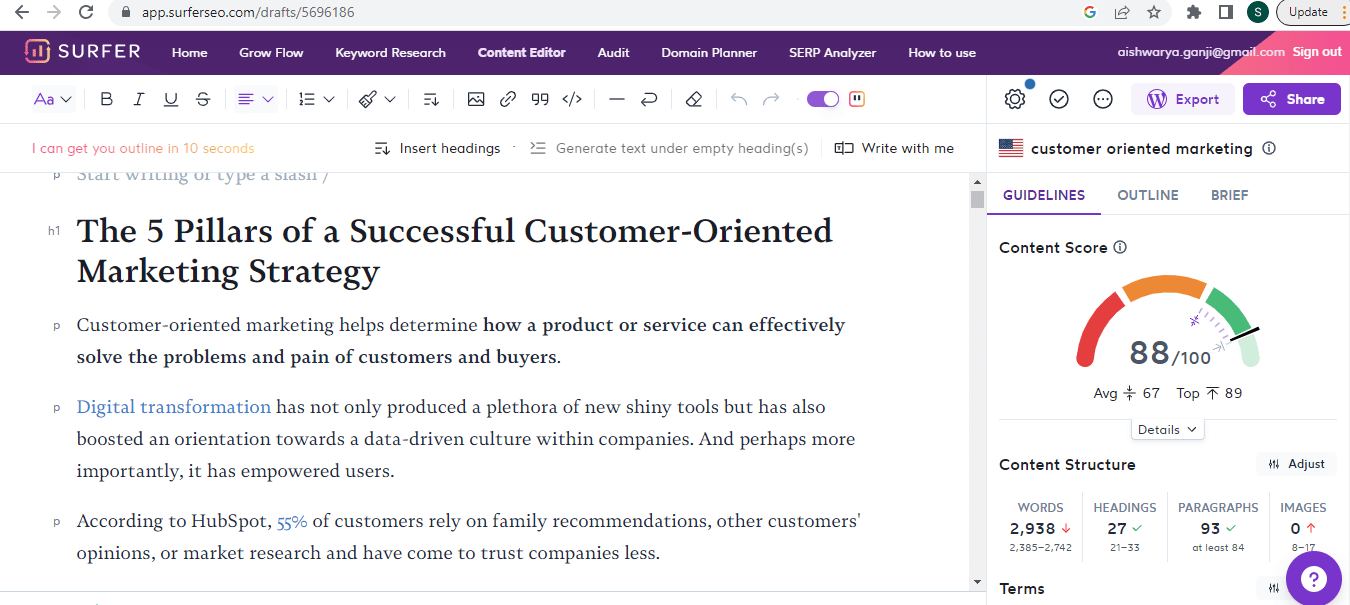



The history of SEO has evolved significantly, and contemporary strategies often involve advanced tools. One notable addition is Surfer SEO, a powerful tool that aids in optimizing content for search engines. Originally developed in the mid-2010s, Surfer SEO uses data-driven insights to analyze top-ranking pages and suggest improvements. Its key features include content optimization recommendations based on competitive analysis, ensuring better keyword relevance and content quality. As SEO entered the 2020s with a focus on user experience and technical aspects, tools like Surfer SEO gained popularity for their ability to streamline content optimization processes. In the dynamic landscape of SEO, incorporating innovative tools such as Surfer SEO into strategies has become essential for achieving optimal online visibility and ranking success.
The history of Search Engine Optimization (SEO) is closely tied to the evolution of search engines and the changing landscape of the internet. SEO has grown from a niche marketing strategy to a fundamental aspect of online visibility and digital marketing. Here’s a brief overview of the history of SEO:
1990s – The Birth of Search Engines:
Late 1990s – The Rise of Google:
Early 2000s – SEO as a Profession:
Mid-2000s – Introduction of Local Search and Personalization:
Late 2000s – Panda and Penguin Updates:
2010s – Mobile Optimization and Voice Search:
Recent Years – Core Algorithm Updates and AI:
2020s – User Experience and Technical SEO:
In the present day, SEO has evolved into a multifaceted discipline that incorporates content strategy, technical optimization, user experience, and ethical link building. Staying abreast of algorithm updates and adapting strategies to meet the evolving needs of search engines is essential for a successful SEO approach.